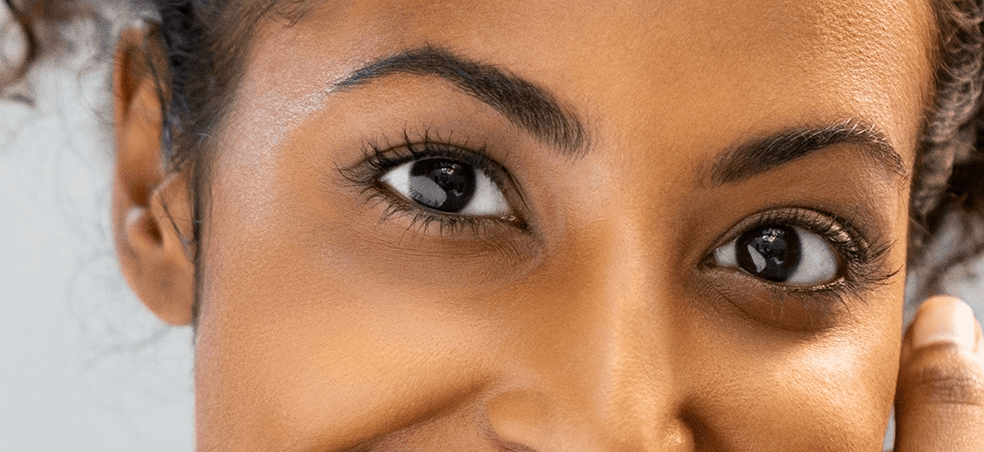Glaucoma
Glaucoma is a common eye disease that has no symptoms, but can cause significant vision loss. In glaucoma, the optic nerve is damaged, often due to high eye pressure (as in primary open angle glaucoma). Dr. Cayton and Dr. Tyson check for glaucoma in all their patients, and treat glaucoma regularly. Glaucoma can be controlled with prescribed eye drops, and sometimes with surgery. Most of the time, patients do not feel or see any changes from glaucoma until their vision has been permanently damaged, so early detection is crucial. At Tarboro Eye, we have all the necessary equipment important to managing glaucoma, such as a Cirrus OCT, a Humphrey Visual Field, a pachymeter, an ICare tonometer, retinal camera, and more.
Macular Degeneration
Age Related Macular Degeneration is a leading cause of blindness in the United States, usually affecting central vision. This disease causes slow deterioration of the central area of the retina, the light sensing tissue that lines the inside of the eye (dry macular degeneration). Occasionally this can progress to bleeding and fluid leakage (wet macular degeneration). At Tarboro Eye, we check for signs of macular degeneration in all our patients. We have all equipment necessary for monitoring patients for this condition, including a retinal OCT and a retinal camera. Although there is no cure for macular degeneration, we can help patients reduce their chance of vision loss and can help patients find ways to function better despite vision loss due to this condition. If a macular degeneration patient requires subspecialty care, we have close relationships with retinal surgeons in the area and can refer our patients when helpful.
Cataracts
We are all born with a natural lens inside the eye, which becomes cloudy as a part of the natural aging process. This clouding of the lens is called a cataract, and can cause blurry vision. Cataracts can be removed with a minimally invasive surgery. At Tarboro Eye, we diagnose and manage cataracts in our patients regularly. We work closely with several great cataract surgeons in the area and guide our patients through the process of cataract surgery when that option is appropriate for them.
Diabetic Eye Disease
Diabetes (both Type I and Type II) is a disease that can affect blood vessels all over the body. The blood vessels inside the eye can often be damaged by diabetes. This is called diabetic retinopathy and is the leading cause of blindness in working-age adults in the United States. Patients with diabetes should have a dilated eye exam with an eye doctor annually to check for diabetic eye disease, as early detection can help reduce the chance of vision loss from this condition. Dr. Tyson and Dr. Cayton have significant experience in managing diabetic retinopathy and other vascular eye diseases.
Dry Eye
Dry Eye Disease, or Ocular Surface Disease, is one of the most prevalent eye problems in the US. Dry eye can cause feelings of irritation, dryness, grittiness, watering, blurry vision, and more. This condition involves disruption of the complex system of lubrication on the surface of the eye as well as inflammation. There are a myriad of causes of dry eye, with increased screen time being a big reason for the increase in dry eye over the last few years. At Tarboro Eye, we have access to a large range of treatment options for dry eye, including lifestyle recommendations, over-the-counter and prescription medications, and in-office procedures. If you are having symptoms of dry eye, Dr. Cayton and Dr. Tyson can discuss treatment options tailored to your specific type of dry eye.
Refractive Conditions
Nearsightedness (myopia), farsightedness (hyperopia), astigmatism, and presbyopia are differences in how some of our eyes focus light and can cause blurry vision. These conditions can be treated with glasses, and sometimes with contact lenses and laser vision correction surgery. Our doctors are experts in managing vision conditions and the latest technology in vision correction, and can guide you through the options for getting you crystal clear.
As primary eye care physicians, we manage a myriad of other eye conditions, including strabismus and amblyopia, eye injuries and infections, genetic eye conditions such as retinitis pigmentosa, retinal vascular diseases, neurological eye conditions such as optic neuropathy and cranial nerve palsies, corneal diseases such as EBMD and Fuch’s Dystrophy, and many more.




